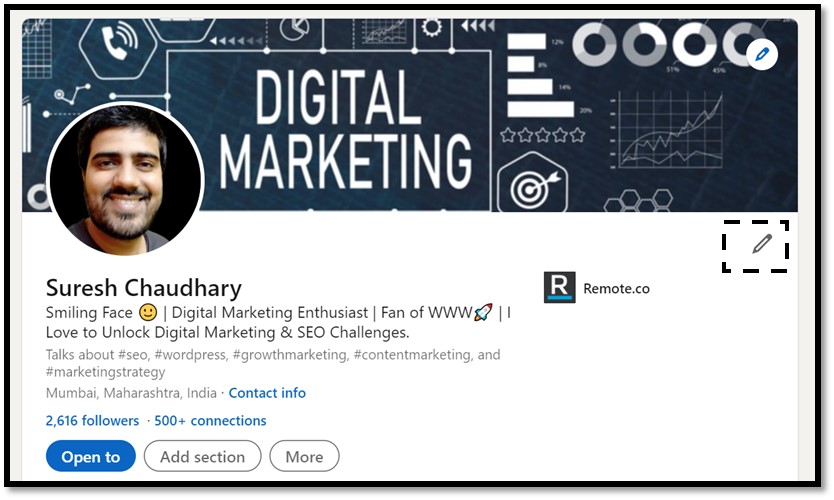

You need a good strategy, or hack, to increase your visibility on LinkedIn and attract more employers. Once you have a good-looking profile, you need the right industry people to view it. LinkedIn is a medium underutilized by PhDs because academia leads you to believe that it doesn’t matter.Īcademia is wrong. If your LinkedIn is unprofessional or lacking information, you will likely be screened out before the interview process.Ī poor or non-existent LinkedIn profile makes you appear ill-prepared for industry.Īccording to Time, 66% of recruiters will hold a minor spelling or grammatical error on your LinkedIn profile against you.Ĭlearly, there is no room for error and as a PhD, it is essential to use the right strategies to create a great LinkedIn profile.īut even with a quality profile, how do you get hiring managers and recruiters to notice your profile amongst the 500 million other profiles? 7 LinkedIn Hacks Most PhDs Don’t KnowĪs a PhD, you have many industry-desired skills.īut, PhDs often struggle to communicate their value and to make themselves desireable to recruiters and hiring managers.

In addition to being used as a recruiter resource, LinkedIn, in addition to other social media outlets, is used as a screening tool.
Graduate headline linkedin professional#
The vast majority of companies use LinkedIn, so it is essential that you have a profile, and that it is professional and attractive. If you are not a part of the LinkedIn community, you need to join today.Įspecially since Undercover Recruiter reported that 93% of companies use LinkedIn for recruiting. This is a massive platform that continues to grow. How LinkedIn Will Get You Interviewsīusiness Insider recently reported that LinkedIn has reached more than half a billion unique users.

LinkedIn is an essential professional resource, especially when you are trying to transition from academia to industry. I went from floundering around to having a solid job search strategy. Having a high quality and compelling LinkedIn profile gave me the confidence to reach out and ask for informational interviews. I found an alternative career mentor and learned the LinkedIn basics.
Graduate headline linkedin how to#
I took the plunge and started to update my profile.īut, I quickly realized I had no idea what to put on my profile, or how to make it desireable to recruiters and hiring managers. So, I reached out to the career services at my university for help and the very first thing they asked me was, “Do you have a LinkedIn profile?”.Ĭould this resource really be as important as people kept telling me? I thought people would jump at the chance to hire me. I was stubborn and figured that these industry people at the career fair were wrong.įor a while, I continued to send my CV to job openings that I found online, but months went by and I didn’t hear anything back.

I had created a LinkedIn profile during my undergraduate studies, but it seemed useless.Īll the academics at my university had told me LinkedIn was not important, and that there was no reason to have an account. They were reluctant to take my CV, and many gave me their card, insisting that we connect on LinkedIn. I stopped at a few booths and basically forced my CV upon the people standing behind the tables. (At the time, I didn’t realize that in industry you need a resume, not a CV, and that a resume and CV are very different.)Īt the career fair, I wandered around aimlessly. I wrote up a comprehensive CV and printed a few copies to bring with me. It was up to me to look outside academia. If I didn’t want my future to look like what I saw around me, I knew it was up to me to make a change. I had been stuck in this dysfunctional environment long enough. I saw lifetime academics stressed out and struggling to find funding, and talented postdocs being exploited. This is how it was supposed to work, right?īut during my PhD, I realized how broken academia is. I thought my goal after graduate school would be to get a postdoc and then a professorship.


 0 kommentar(er)
0 kommentar(er)
